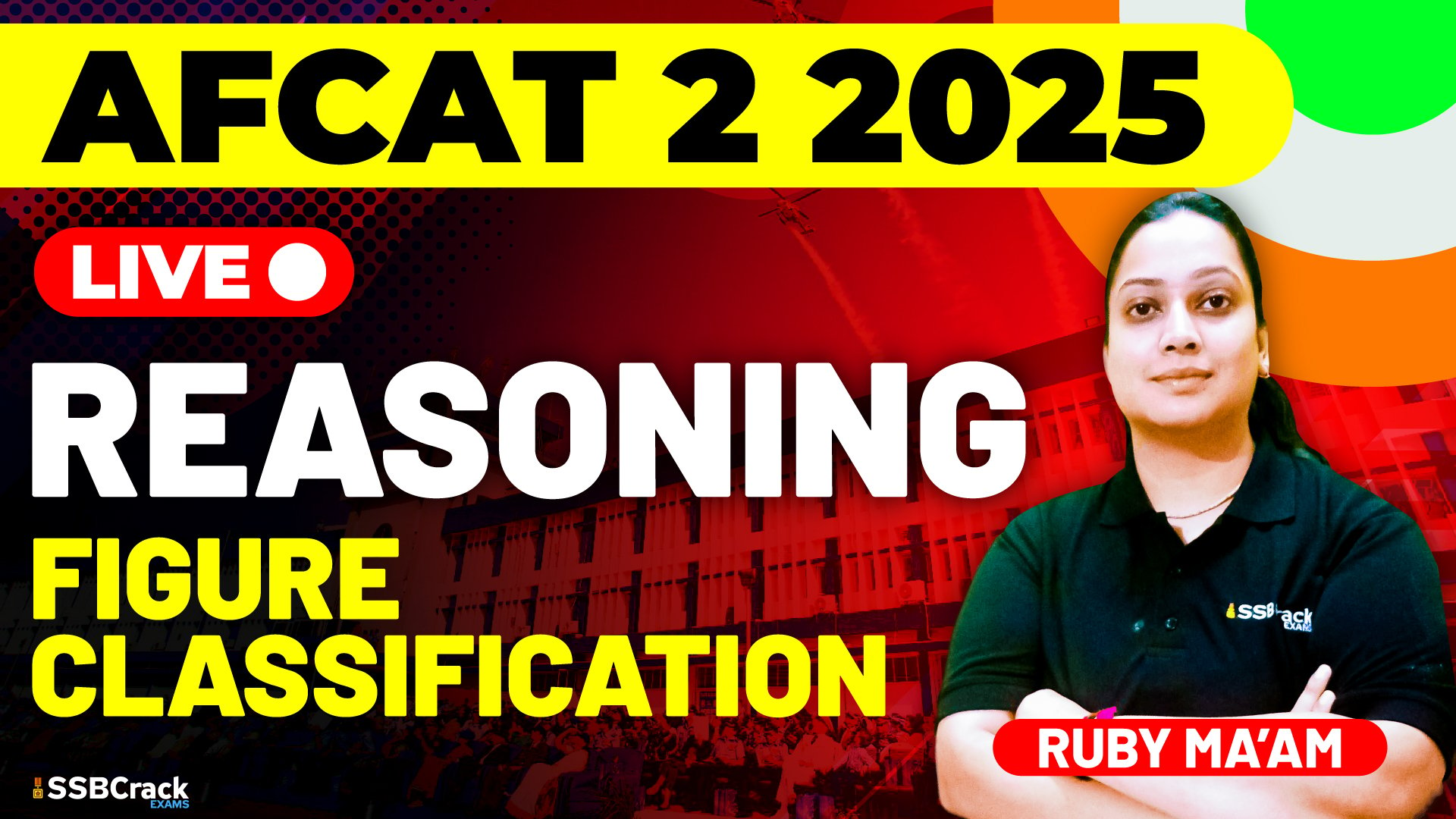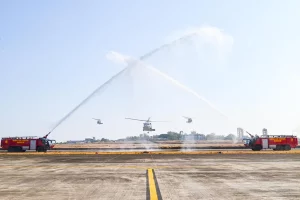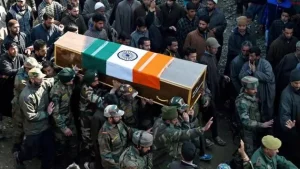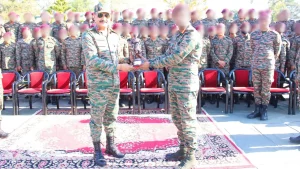The Air Force Common Admission Test (AFCAT) is a prestigious gateway for those aspiring to serve in the Indian Air Force. While it tests candidates on various subjects like General Awareness, Verbal Ability, Numerical Ability, and Reasoning, one area often underestimated is Figure Classification, a vital component of the Reasoning and Military Aptitude section. Understanding its significance can provide an edge in this highly competitive exam.
What is Figure Classification?
Figure Classification is a type of non-verbal reasoning where a candidate is required to identify the odd figure out or classify figures based on a common pattern or rule. These questions test a candidate’s ability to recognize patterns, logic, and similarities among given figures.
Why is Figure Classification Important in AFCAT?
1. Tests Visual Intelligence and Observation
Figure Classification evaluates how quickly and accurately you can process visual information. As a future Air Force officer, strong observational skills are critical—whether interpreting radar images, understanding aircraft schematics, or quickly assessing changing scenarios during operations.
2. Enhances Pattern Recognition Skills
In the Indian Air Force, pattern recognition is a crucial skill. Identifying formations, predicting enemy strategies, or interpreting data—all involve recognizing and acting on patterns. Practicing Figure Classification sharpens this ability.
3. Scoring and Time-Saving
These questions are generally straightforward once the concept is understood. Unlike long numerical problems, figure-based questions require less reading and can be solved quickly, allowing you to maximize your score within limited time.
4. Improves Logical Thinking
Figure Classification enhances logical and analytical thinking by challenging your brain to identify rules and connections that are not immediately obvious. This cognitive training is useful not only for AFCAT but also in training and on-field decision-making as an officer.
5. Boosts Confidence in the Reasoning Section
Reasoning and Military Aptitude hold a significant portion in AFCAT. Mastery of topics like Figure Classification builds overall confidence, helping candidates feel more prepared and focused during the exam.
Tips to Master Figure Classification
- Practice Daily: The more patterns you expose yourself to, the faster you recognize them.
- Start with Basics: Understand lines, shapes, symmetry, rotations, and mirror images first.
- Use Elimination Technique: When confused, eliminate options that clearly do not follow the pattern.
- Time Yourself: Practice under timed conditions to simulate exam pressure.
- Review Mistakes: Learn from every wrong answer—understanding why you got it wrong is key.
Final Thoughts
Figure Classification might seem like a small topic, but it plays a big role in determining your success in the AFCAT exam. It reflects your sharpness, attention to detail, and ability to act quickly—traits every Air Force officer must possess. Take this section seriously, integrate it into your daily practice, and you’ll find yourself not just cracking the exam but preparing your mind for the challenges of a military career.



















